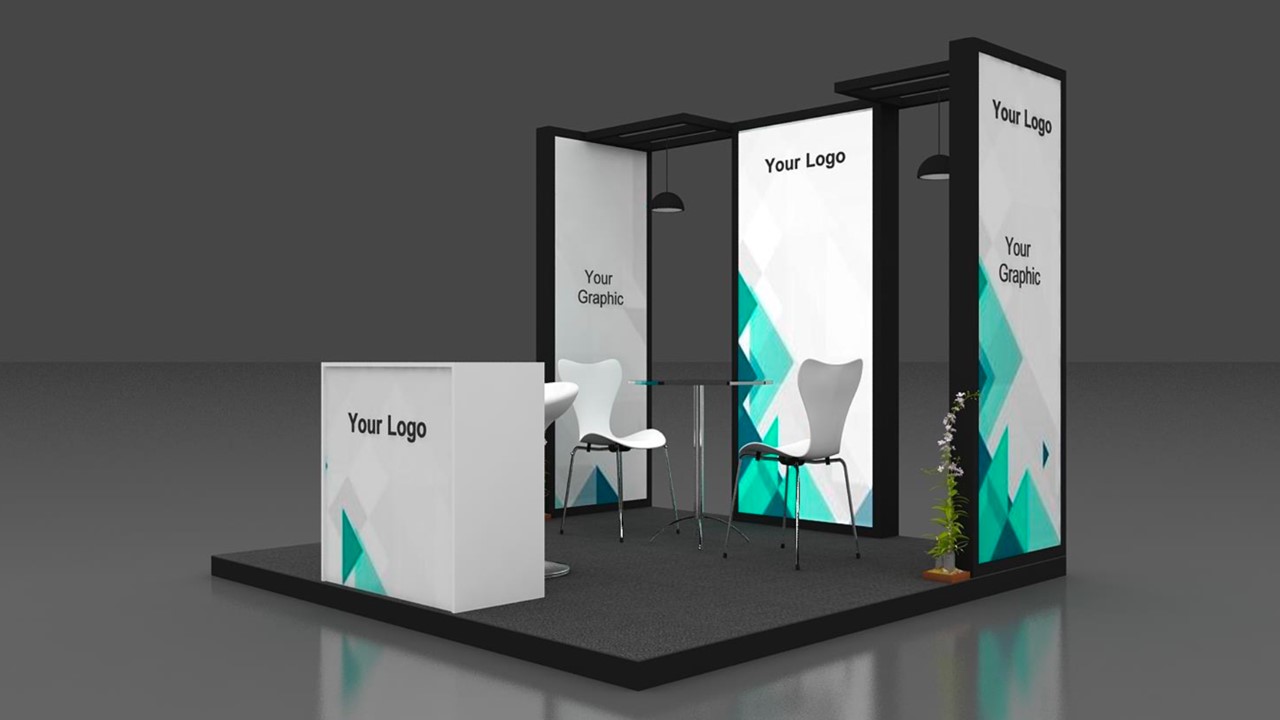
Building For Tomorrow: The Rise Of Eco-Friendly Exhibition Stands
As global awareness of environmental issues continues to grow, industries are embracing sustainable practices to reduce their ecological footprint. The realm of exhibitions and trade shows is no exception, as the demand for eco-friendly solutions gains momentum. The rise of eco-friendly or sustainable exhibition stands reflects a commitment to both innovative design and environmental responsibility. In this article, we explore the emergence of eco-friendly exhibition stands and their pivotal role in shaping a more sustainable future for the events industry.
Defining eco-friendly exhibition stands:
Eco-friendly exhibition stands, also known as sustainable or green stands, are designed with careful consideration for their environmental impact. These stands prioritize the use of renewable and recyclable materials, energy-efficient technologies, and minimal waste generation. The goal is to create visually striking and functional displays while minimizing the ecological consequences typically associated with temporary event structures.
Sustainability in design and materials:
Eco-friendly exhibition stands to embrace design principles that maximize sustainability. This involves using materials that are responsibly sourced, have a low carbon footprint, and can be easily repurposed or recycled after the event. Renewable materials such as bamboo, recycled wood, and biodegradable fabrics are favored choices, promoting resource conservation and reducing the use of non-renewable resources.
Energy efficiency and innovation:
Incorporating energy-efficient technologies is a hallmark of eco-friendly exhibition stands. This may involve utilizing LED lighting, energy-saving appliances, and solar-powered components to minimize energy consumption. Innovative designs may also integrate passive cooling and ventilation systems, reducing the need for artificial climate control and further contributing to energy savings.
Reducing waste and emissions:
Traditional exhibition stands often generate significant amounts of waste, from discarded materials to excessive packaging. Eco-friendly stands prioritize waste reduction through practices such as modular design, which allows components to be reused or reconfigured for different events. Additionally, choosing suppliers who adhere to sustainable manufacturing and transportation practices helps minimize carbon emissions associated with the stand’s creation and transport.
Educational and inspirational impact:
Beyond their environmental benefits, eco-friendly exhibition stands to send a powerful message to attendees and participants. They serve as a platform for educating and inspiring others about sustainable practices and the importance of responsible consumption. By showcasing innovative and aesthetically appealing designs, these stands demonstrate that sustainability and aesthetics can coexist harmoniously.

